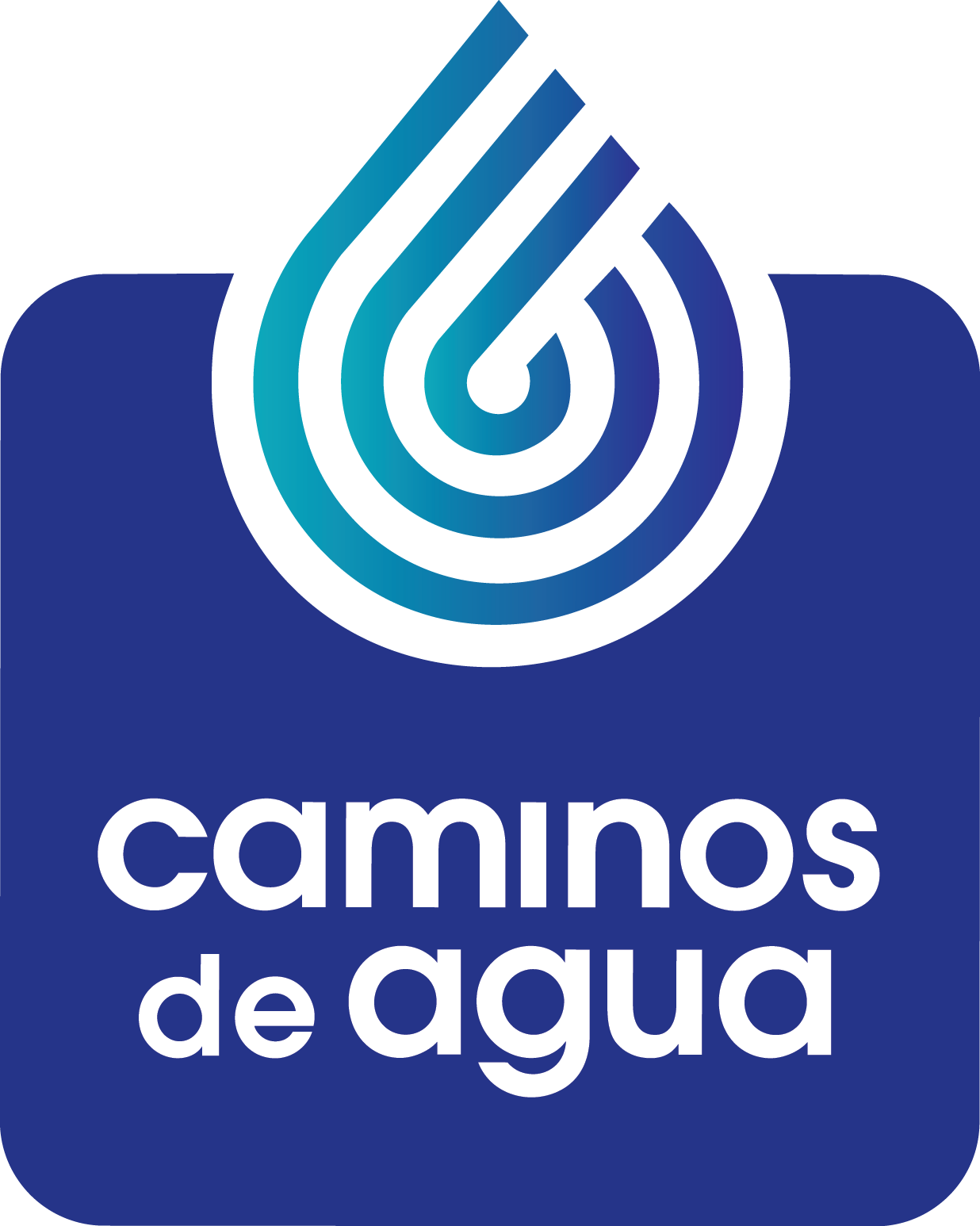Fluoride removal research: we are now closer than ever to a fluoride filter system
As many of our supporters know, the Independence Aquifer region in Central Mexico where Caminos de Agua works is in a permanent state of decline and contaminated with dangerous levels of naturally-occurring arsenic and fluoride, which is leading to irreversible health impacts on long-term users.
Our rainwater harvesting work represents our ongoing projects that directly impact communities suffering from these issues, and we continue to expand and grow our rainwater program. However, rainwater harvesting has a large upfront cost and requires a lot of labor – up to 200 hours per system in most cases – and there are tens of thousands of people in this region alone that need immediate solutions.
Because of this urgent need, Caminos de Agua has also been experimenting with biochar-based filtration media to remove arsenic and fluoride. The media can be “plugged-in” to a simple and inexpensive filter unit and changed out easily when needed. To learn about our work with arsenic medias, read Martijn’s report here.
Our work on fluoride remediation is much further along than our arsenic research and is nearly ready for small-scale pilots in real community homes. Our fluoride system utilizes “bone char” – biochar made from animal bones – and has proven highly effective in removing fluoride from contaminated groundwater. Fluoride is aggressively “attracted” to calcium, which is why it is most often found bound with calcium in nature. That is also why fluoride accumulates in the teeth, bones, and even the pineal gland in the brain – all areas high in calcium. Thus, the high calcium carbonate content in bone char targets fluoride by exchanging the calcium ions in the bone char with the fluoride ions in the contaminated water – essentially locking up the fluoride in the bone char and not allowing it to pass through into the drinking water supply. This all happens through a combination of chemical adsorption processes known as ion-exchange and contact precipitation.
Despite the complex chemistry happening in the filter, the bone char itself is actually very easy and inexpensive to make. The filter system is also very simple by design; it is made up of two columns – set in-line – both filled with the bone char filter media. This configuration – known as “lead-lag” – allows us to better take advantage of the bone char and extend its useful life by upwards of 50% longer.
Our current research on fluoride adsorption was led by Engineers Without Borders-UK (EWB-UK) fellow, Sarah Mitchell, under the supervision of Caminos de Agua’s Research and Technology Coordinator, Aaron Krupp. Sarah built four full-scale prototypes as well as a giant pre-filter (made up of six ceramic water filters), which is used to clean the water of organic material and debris before entering the fluoride filters. The water used in the trials came from a community called Exhancienda de Jesús, which has some of the highest fluoride concentrations in the region (10 - 12 times above the World Health Organization (WHO) recommendation). The water was then diluted with San Miguel tap water to reduce the starting fluoride level to a more representative level for the region (a little more than 5 times above the WHO limit). It was important for us to use community water to show that the system works in real-world conditions and not simply under lab conditions.
It total, Sarah ran four full trials on the bone char media, with the Caminos de Agua Tech Team helping to take and run samples. The filters ran at a standard flow-rate for a household, producing roughly 25L of clean drinking water/day. The trials ran for weeks at a time and samples were taken three times a day – 8am, 4pm, and midnight.
So, the Caminos de Agua Tech Team literally sampled the filters around the clock as well as even took turns sleeping at the lab to not miss a beat. Endless thanks to Sarah, Martijn, Aaron and now Simona, Sarah’s EWB-UK replacement, for your personal sacrifice in bringing a fluoride and arsenic filter to fruition. There could not be a more dedicated team.
As we say goodbye to Sarah Mitchell and welcome Simona Dossi to take the reigns on fluoride remediation, we are now closer than ever to a fluoride filter system. The research and piloting continues to move forward with the goal of achieving a field-deployable treatment system for fluoride and arsenic within the next 12 months.
If you would like to learn more about the current state of our fluoride remediation research, please read our latest report, which explains the bone char production method, the filter design, the prototype set-ups, and the data from the last 5 fluoride remediation trials. You can find the report here.

